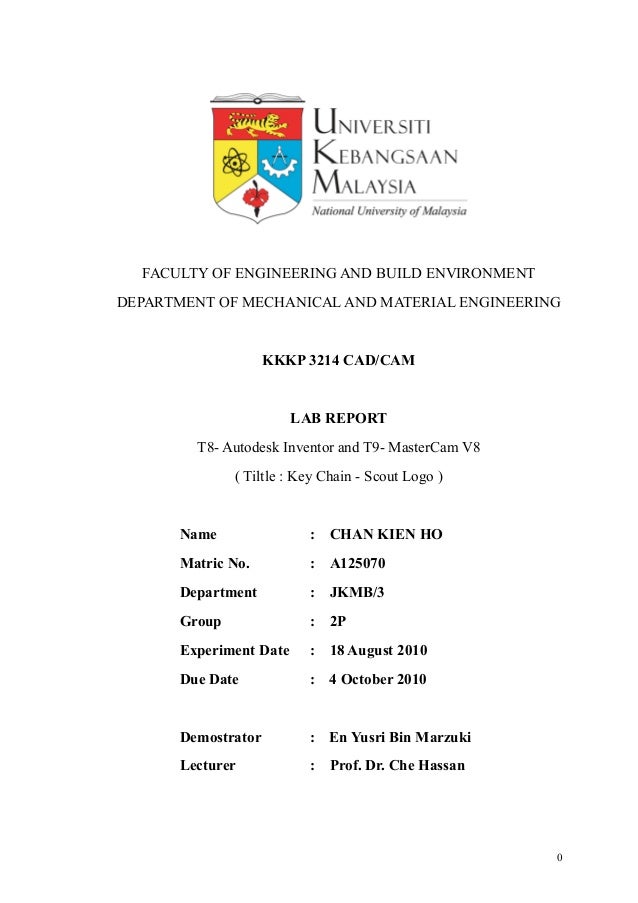

You can select components before you activate the Animate Components command, or use the transform triad on the cursor to select components after you activate the command.Īnimate Fade controls the opacity of a component during a given time frame.Īnimate Constraints specifies the value for modifying a constraint. You can copy and paste animation actions of the same type into the timeline at another time location.Īnimate Components is for component transformation and rotation. If the action has no duration, the action value is assumed immediately at the action time, without interpolation. Each action has a specific start and end time. Parameter Favorites provides access to the user parameters in the active file, and a means to add them to the Animations Favorites folder in the browser.Īnimation Timeline specifies the timing of all the actions in an animation, and controls playback.Īn action is a transition to a specific value for a property from the previous value. Commands are located on the Render tab and on context menus in the graphics area. Analyze and refine the various features until you are satisfied with the result.Īnimation commands are available when an animation is active.Use the Studio commands to create the animation steps.Use the various Studio commands to define the appearance of components and props.Open the component or wrapper assembly and set up the camera positions.Outline the product features you want to highlight in the animation.Start with a purpose, for example, demonstrating the use of a product. You can switch between animation and Model State by double-clicking the appropriate browser node.

To work in an animation, activate an animation either by selecting it and using the context menu command, or by double-clicking the animation node icon. Changes to the model outside of Studio effect the Model State and consequently effect how each animation begins. All animations use the Model State for animation frame zero.Īnimation cannot be performed in the Model State, however, you can edit camera, lights, and other rendering properties. The Model State corresponds to the view representation of the model outside of the Studio environment. It is the starting condition of the scene for rendering or animation. When you enter the Studio environment for the first time, it is in the Model State. The rendering and animation environment updates with subsequent changes you make in the part or assembly file. Use Select All Constraints to add all constraints in the assembly to the Animation Favorites folder or suppress them, in one action.You can add selected constraints to the animation favorites or suppress them, in one action. Use Select Top-Level Constraints to select all constraints at a specific assembly level and below.Reuse position values for the target and camera locations, and copy cameras within a document or into documents that have the Studio environment active.Reuse constraints or parameters between animations in one assembly file.Create and save multiple animations in one assembly file or a part file.Specify geometry and settings for background, lights, and cameras to create a scene for a rendering or animation.Compose a video using one or more cameras from one or more animations within the same part or assembly.Create still and animated renderings of parts and assemblies to visualize the appearance and motion of a design before it is built.Patreon is a simple way for you to contribute to the creator’s work every month/ every time they release their new work and get rewards in return. If you find the video useful please like it and share it with your friends/colleagues and do not forget to subscribe us to get latest updates about our new uploads.ĭear Viewers if you like our work and wanted to support us, to keep continuing the good work, then become a patron of ours at ‘Patreon’ site.
#Autodesk inventor 2015 environment files software#
To watch detailed tutorials on the same software visit the following link Visit the following link to watch the basic tutorial on Autodesk Inventor by us


 0 kommentar(er)
0 kommentar(er)
